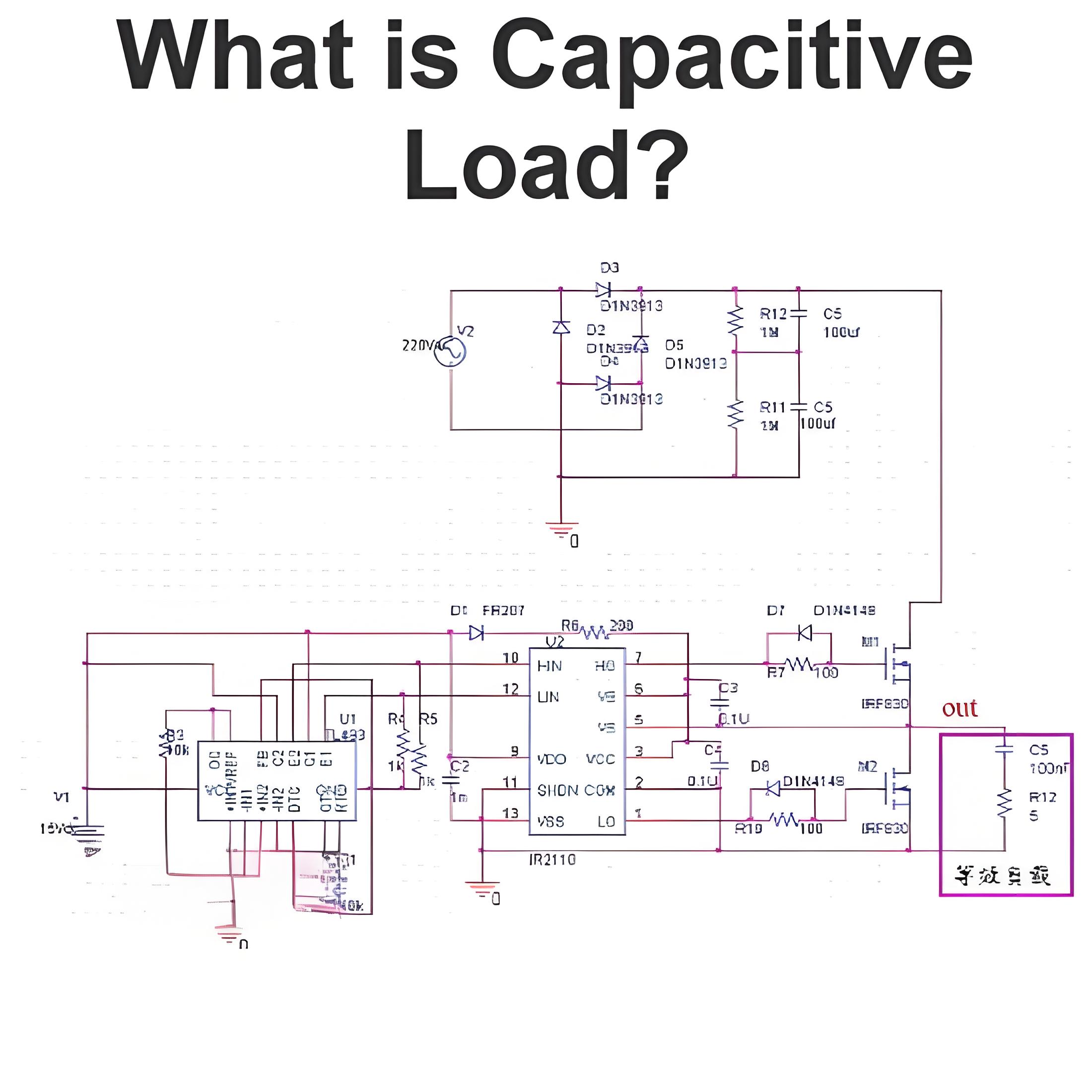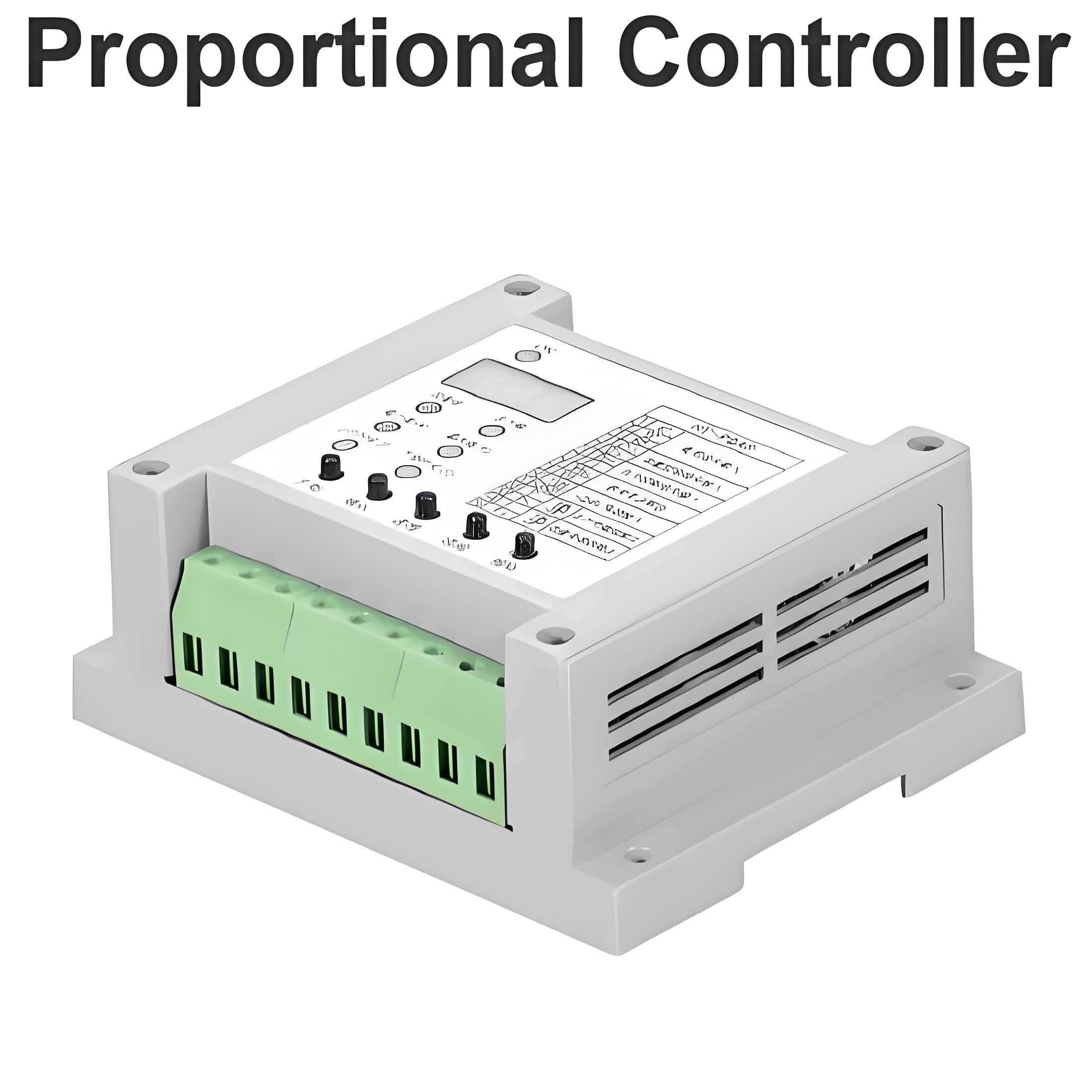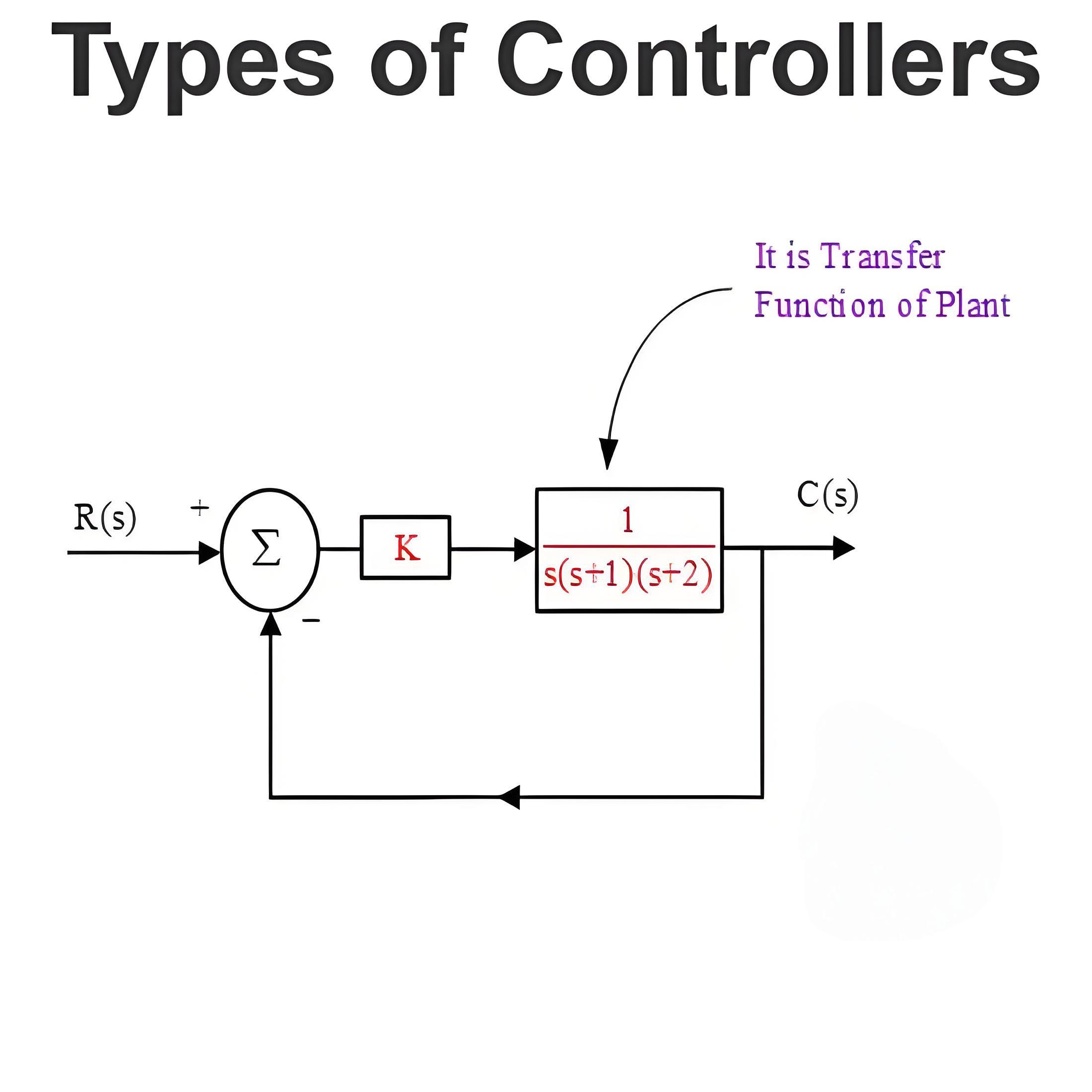What is the Resistance of Earth?
What is the Resistance of Earth?
Earth Resistance Definition
An earth electrode is a metal rod or plate that is buried in the soil and connected to the earth terminal of an electrical system. It provides a low-resistance path for fault currents and lightning surges to dissipate into the ground. It also helps to stabilize the voltage of the system and reduce electromagnetic interference.
Earth electrodes can be made from materials like copper, steel, or galvanized iron, chosen for their conductivity and corrosion resistance. The size, shape, length, and depth of the electrode depend on soil conditions, current rating, and the specific application of the earthing system.
Factors that affect grounding resistance
The earth’s resistance mainly depends on the resistivity of the soil between the electrode and the point of zero potential (infinite earth). The resistivity of the soil is influenced by several factors, such as:
The electrical conductivity of the soil, which is mainly due to electrolysis. The concentration of water, salt, and other chemical components in the soil determines its conductivity. Moist soil with high salt content has lower resistivity than dry soil with low salt content.
The chemical composition of the soil, which affects its pH value and corrosion properties. Acidic or alkaline soil can corrode the earth’s electrodes and increase its resistance.
The grain size, uniformity, and packing of the soil particles affect its porosity and moisture retention capacity. Fine-grained soil with uniform distribution and compact packing has lower resistivity than coarse-grained soil with irregular distribution and loose packing.
The temperature of the soil, which affects its thermal expansion and freezing point. High temperature can increase the conductivity of the soil by increasing its ion mobility. Low temperatures can decrease the conductivity of the soil by freezing its water content.
The earth’s resistance also depends on the resistance of the electrode itself and the contact resistance between the electrode surface and the soil. However, these factors are usually negligible compared to the soil resistivity.
Earth Resistance Measure
There are various methods to measure earth resistance on existing systems. Some of the common methods are:
Fall of Potential Method
This method, also called the 3-point or potential drop method, needs two test electrodes (current and potential) and an earth resistance tester. The current electrode is placed at a distance from the earth electrode, matching its depth. The potential electrode is placed between them, outside their resistance areas. The tester injects a known current through the current electrode and measures the voltage between the potential and earth electrodes. Earth resistance is then calculated using Ohm’s law:

Where R is the earth resistance, V is the measured voltage, and I is the injected current.
This method is simple and accurate but requires disconnecting all connections to the earth electrode before testing.
Clamp-On Method
This is also known as induced frequency testing or stakeless method. It does not require any test electrodes or disconnecting any connections to the earth electrode. It uses two clamps that are placed around the existing earth electrode. One clamp induces a voltage to the electrode and another clamp measures the current flowing through it. The earth resistance is calculated using Ohm’s law:

Where R is the earth resistance, V is the induced voltage, and I is the measured current.
This method is convenient and fast but requires a parallel earth network with multiple electrodes.
Attached Rod Method
This method involves one test electrode (current electrode) and an earth resistance tester. The current electrode is connected to the earth electrode with a wire. The tester injects a known current through the wire and measures the voltage between the wire and the earth electrode. Earth resistance is then calculated using Ohm’s law:

Where R is the earth resistance, V is the measured voltage, and I is the injected current.
This method does not require disconnecting any connections to the earth electrode but requires good contact between the wire and the current electrode.
Star-Delta Method
This method uses three test electrodes (current electrodes) arranged in an equilateral triangle around the existing earth electrode. An earth resistance tester injects a known current through each pair of test electrodes in turn and measures the voltage between each pair of test electrodes in turn. The earth resistance is calculated using Kirchhoff’s laws:

Where R is the earth resistance, V<sub>AB</sub>, V<sub>BC</sub>, V<sub>CA</sub> are the measured voltages between each pair of test electrodes, and I is the injected current.
This method does not require disconnecting any connections to the earth electrode but requires more test electrodes than other methods.
Dead Earth Method
This method uses two test electrodes (current electrodes) connected in series with an earth resistance tester. One test electrode is inserted near the existing earth electrode, and another test electrode is inserted far away from it. The tester injects a known current through both test electrodes into the ground and measures the voltage between them. The earth resistance is calculated using Ohm’s law:

Where R is the earth resistance, V is the measured voltage, and I is the injected current.
This method does not require disconnecting any connections to the existing earth electrode but requires a very long wire between both test electrodes.
Slope Method
This method uses one test electrode (potential electrode) and an earth resistance tester. The potential electrode is moved along a straight line away from the existing earth electrode at regular intervals. The tester injects a known current through the existing earth electrode into the ground and measures the voltage between it and the potential electrode at each interval. A graph of voltage versus distance is plotted and extrapolated to find the intercept on the voltage axis. The earth resistance is calculated using Ohm’s law:

Where R is the earth resistance, V<sub>0</sub>is the intercept on the voltage axis and Iis the injected current.
This method does not require disconnecting any connections to the existing earth electrode but requires moving the potential electrode along a straight line.
Earth Resistance Improve
The earth resistance can be improved by reducing soil resistivity or increasing electrode surface area. Some of the common ways to improve earth resistance are:
Adding salt or other soluble substances around the electrode to increase soil conductivity by electrolysis.
Adding charcoal or other moisture-retaining substances around the electrode to keep the soil moist throughout the year.
Using multiple electrodes connected in parallel to increase the total surface area in contact with soil.
Using longer or deeper electrodes to reach lower layers of soil with lower resistivity.
Using electrodes with larger cross-sections or hollow shapes to reduce electrode resistance.
Using electrodes with special coatings or alloys to prevent corrosion and increase contact resistance.
It is recommended to measure earth resistance periodically (yearly or half-yearly) and take necessary actions if it exceeds the desired value for application.
Conclusion
Earth resistance is an important parameter for designing and maintaining earthing systems. It depends on various factors such as soil resistivity, electrode size, shape, depth, material, etc. There are various methods to measure it on existing systems, such as the fall of the potential method, clamp-on method, attached rod method, star-delta method, dead earth method, and slope method.
The earth resistance can be improved by adding salt, charcoal, or other substances around electrodes, using multiple electrodes, using longer or deeper electrodes, using larger or hollow electrodes, or using special coatings or alloys for electrodes. Earth resistance should be measured periodically and kept within acceptable limits for safety and performance reasons.
Welcome to our electricity community! Established to facilitate the exchange and cooperation in the electricity industry and bridge professionals, enthusiasts, and related enterprises.





